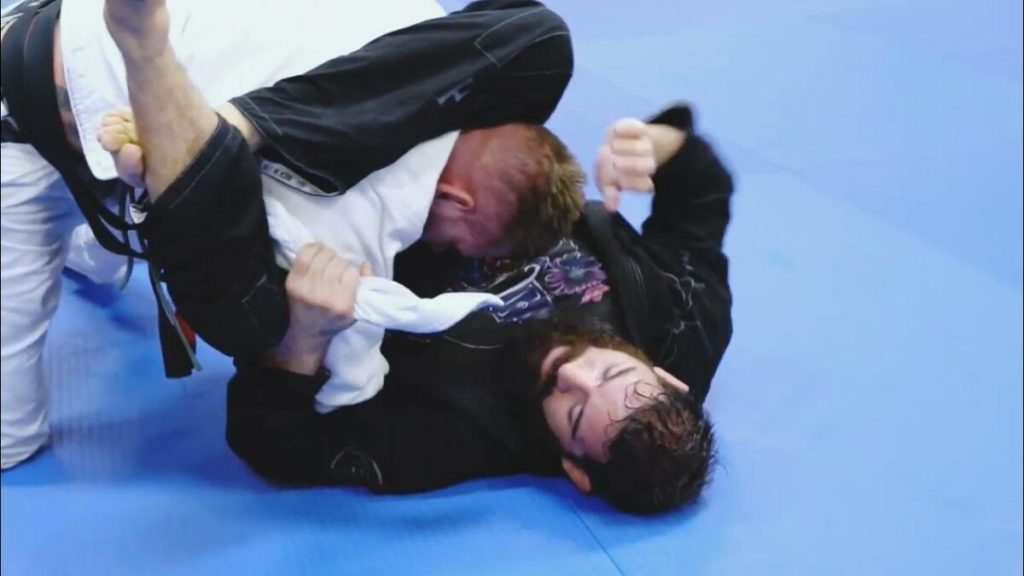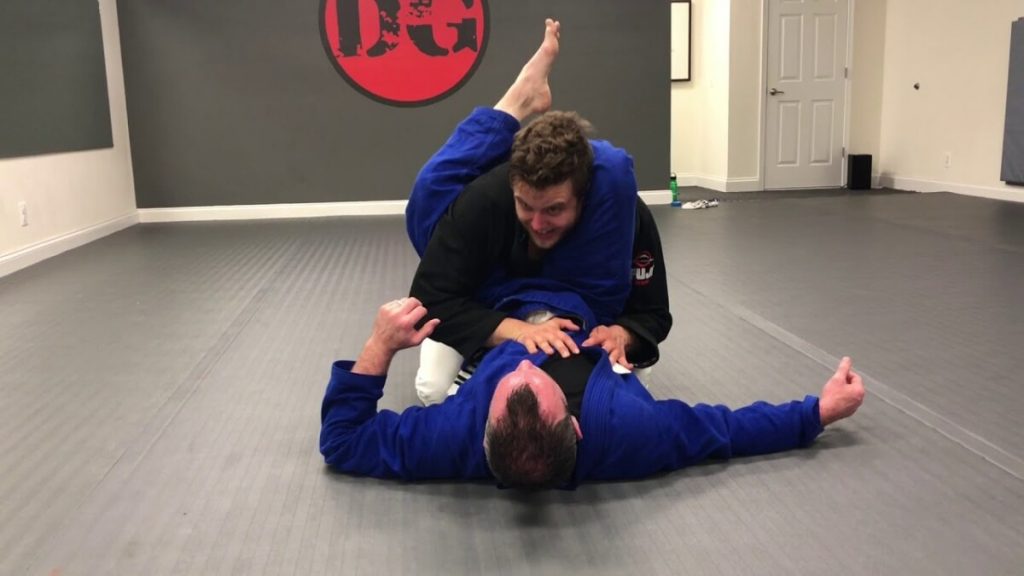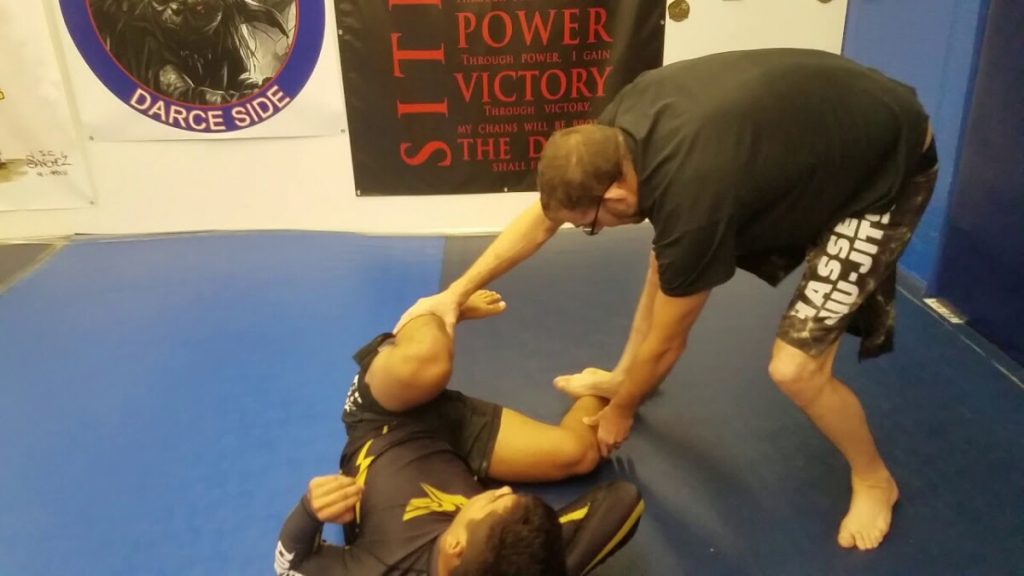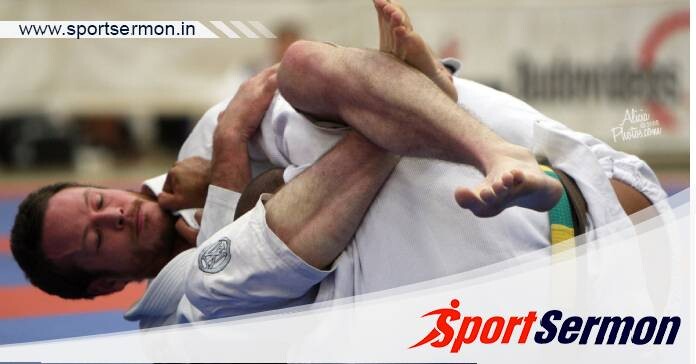BJJ Body Triangle: A formidable opponent in Brazilian Jiu-Jitsu is one who is challenging to submit. An effective defence opens doors for the offence. Submissions are typically made when the opponent is in a bad position because the opponent’s position is crucial. This is one of the reasons grapplers should become proficient at breaking out of awkward positions, particularly the most common one, the back mount. We’ll talk about how to get out of the terrible BJJ body triangle in this post.
Top 3 Strategies For Getting Out of the BJJ Body Triangle
Having the courage to continuously search for submissions comes from knowing how to defend and get out of awkward positions. It’s an essential BJJ move that lets you go from a vulnerable position into an attacking one without risk. The 3 most effective routes out of the body triangle are listed below.
1) Gordon Ryan’s Body Triangle Escape

Depending on whatever side (top or bottom) the opponent’s body triangle is positioned, Gordon Ryan’s strategy for breaking free from the body triangle may be divided down into two distinct parts: falling to the opponent’s overhook and underhook side.
In the event that you land on your opponent’s overhook side with a top-side body triangle—that is, the opponent’s body triangle resting on top of your hips—you must first realise that you cannot just lower your hands since doing so would be tantamount to lowering your guard.
To keep the opponent from strangling you, most of the effort will be done by your primary hand or upper arm. You may be certain that your left hand will protect you if, supposing you fall on the right side, your opponent tries to take a hand over your neck and try to strangle you and your left thumb is inside their right wrist.
Should the adversary utilise their upper arm to break your left-hand hold, you have to release the hold, switch back to your primary hand, and assume a solid defensive position.
Recognise that if you place your inner thumb against the opponent’s wrist and hand (the opponent’s overhooking arm below) and they try to strangle you, you will be comparatively secure from harm. After that, you may help your opponent separate their legs by using your secondary hand, which is your bottom arm (body triangle).
Gordon Ryan states that using your secondary hand to aid in unlocking your opponent’s triangle while keeping your primary hand in place is the most efficient way to achieve bjj body triangle escapes. When attempting to flee, try to trap the opponent’s leg between yours. Be aware that this could be challenging, particularly if your opponent is tucking their upper leg under your hip.
Assist and place the elbow of your lower arm behind the opponent’s knee with your secondary hand. Hinge down towards the ground and rotate your hips. The opponent may now drag their left heel as hard as they like to their glute, but as you twist your torso to face the opponent and the mat, you expose your ankles, allowing their heel to become stuck between your legs.
You may always scissor your legs and trap your opponent’s top leg between yours as they try to hide their left leg (top leg). The bodily triangle will begin to unravel from this point forward. As the opponent’s foot is caught, use your secondary arm, or bottom arm, to capture their top leg toe and prevent them from re-locking their triangle from the outside. Now that the triangle is unlocked, you may square your hips to the ceiling if your opponent transitions by putting their bottom leg over your torso.
Since your hips are already squared to the ceiling, you may utilise your bottom leg to step over the opponent’s bottom leg as they attempt to re-lock their triangle. As you start to exit, angle your hips and resist the upper body.
You might also be interested in reading this: Look Through Gordon Ryan’s Top 3 Performances
2) Triangle Escape From Kneeling To Standing Body

When your opponent secures a body triangle and you’re already on the mat with your chest facing the floor, you can do this escape. First and foremost, always protect your neck. It’s important to keep in mind that posting both hands on the mat gives your opponent the opportunity to seize you with both arms. Similarly, if your opponent overhooks their right arm, use your left arm to defend the arm that is being strangled by seizing their wrist.
As you stand up, take a step with your left leg and switch to a two-on-one hold on the overhooking arm of your opponent. To go beyond your opponent’s left knee, extend your right hand, which is your bottom hand. As you rise up, begin to move your opponent around your body by swinging to the left of you. As the opponent turns to face you, cut your elbows to the inside to reset the fight and take back guard.
3) Leg Pin to Knee Pummelled

The first thing to do is kick back with your left leg, starting from the right. This is to use your legs to capture the left leg (triangle leg of the upper body) of the opponent. Reach for the opponent’s top leg (left leg) with your left foot in order to bring their bottom leg (right leg) to the mat and begin working on getting their foot to land there.
Pinch the opponent’s lower leg to the mat, square your hips, and move your right leg slowly to the right side. Shrimp your hips to the right side and completely break free from the position by defending the opponent’s upper body from approaching the mount.
In summary
The capacity to defend and get out of difficult situations is one of the most important things to acquire in Brazilian Jiu-Jitsu. You should go over these guidelines again since you will definitely work with training partners that have strong body triangles. It will not only provide you an advantage over the opposition, but it will also help you develop into a more complete grappler, both offensively and defensively.

